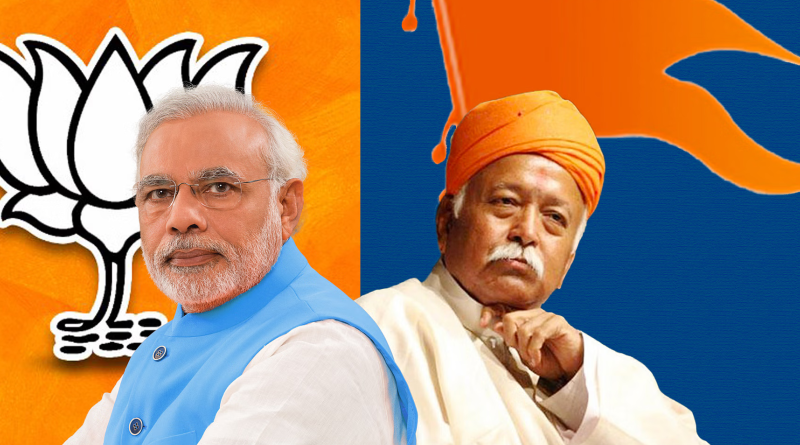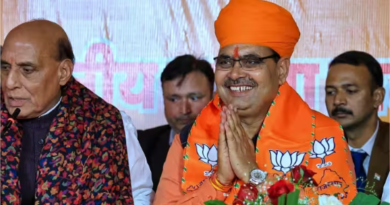Significant contributions and sacrifices made by RSS and its members such as Narendra Modi
This historical account underscores the significant contributions and sacrifices made by the RSS and its members, including Narendra Modi, during the Emergency, striving to bring back democracy to India
During the Emergency, Prime Minister Narendra Modi, who was an RSS Pracharak at the time, managed to evade arrest and played a crucial role in steering the underground movement. The Rashtriya Swayamsevak Sangh (RSS) was among the first organizations banned following the imposition of the Emergency by then-Prime Minister Indira Gandhi on the night of June 25-26, 1975. The Congress government at the Centre banned the sangh on July 4, 1975. The sangh was led by the third Sarsanghchalak, Balasaheb Deoras, who was arrested on June 30, 1975, and remained in jail throughout the Emergency. At least 87 sangh workers sacrificed their lives during this period, and thousands of swayamsevaks were arrested, while many more stayed outside and ran an underground campaign against the Emergency.
Prime Minister Narendra Modi, then an RSS Pracharak, successfully evaded arrest and, along with Nanaji Deshmukh, played a significant role in the underground movement. In his book “Sangharshma Gujarat,” published in 1978, Modi detailed his experiences during the Emergency and how the RSS ran the movement. He mentioned using pseudonyms and disguises, such as dressing as a saint or a Sikh, to hide his identity from the police. The underground literature against the Emergency, distributed in Maharashtra, Madhya Pradesh, and Rajasthan, was primarily printed in Gujarat. Modi recounted how Shri Kishanbhaiya, an underground pracharak, came to Ahmedabad from Rajasthan to publish literature on behalf of the Rajasthan Lok Sangharsh Samiti. Despite difficulties in finding a suitable press, they managed to print and distribute two lakh copies of a magazine in Hindi.
Nanaji Deshmukh, a senior RSS Pracharak awarded the Bharat Ratna, also urged film artists to join the movement for restoring democracy during the Emergency. KS Sudarshan, who later became the fifth Sarsanghchalak of the sangh, wrote an open letter to swayamsevaks, encouraging them to continue the fight against the Emergency. While the Indian press was gagged, the foreign press reported on the role played by the sangh. The Economist, in an article titled “Yes there is an Underground” on January 24, 1976, described the underground as an alliance of four opposition parties, with the shock troops coming largely from the Jana Sangh and the sangh. It highlighted the non-left wing revolutionary nature of the campaign, emphasizing its goal to restore democracy in India. The Economist noted that tens of thousands of cadres, organized into 4-man cells, were spreading anti-Gandhi sentiment and preparing the ground for political consciousness.




